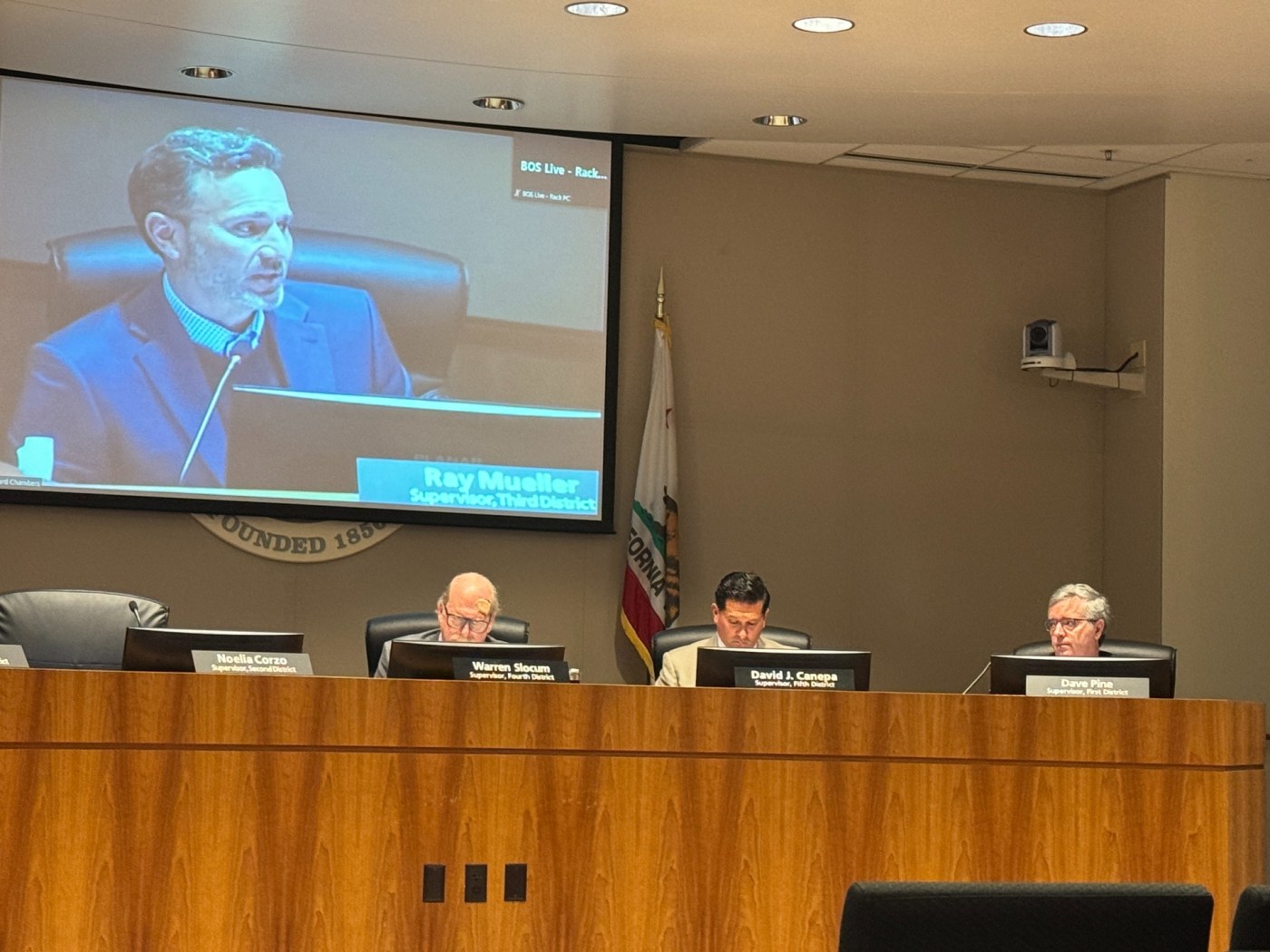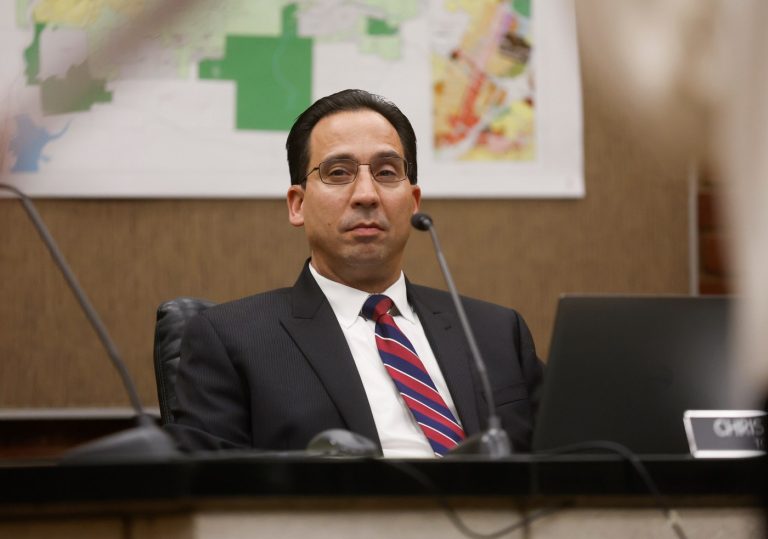A year after San Mateo County’s state-mandated housing plan was returned for revisions, the Board of Supervisors unanimously adopted changes, which they hope regulators will certify as compliant with housing laws.
Supervisor Noelia Corzo, who represents the city of San Mateo, Foster City, and parts of Belmont, said the additions to the plan, officially known as the “housing element,” are “very forward-thinking.”
In a letter dated April 2023 from the state Department of Housing and Community Development, San Mateo County was informed it needed to improve its plans to address housing access among disadvantaged groups, as well as to tackle water and sewage supply issues, among other concerns.
Corzo was particularly happy with the expanded farmworker labor housing study and strategy, and a community plan for Pescadero, an area where many migrant workers reside.
San Mateo County has been advocating for more housing units for agricultural workers, especially after a mass shooting exposed the squalid living conditions they faced. Last month, the board approved the construction of a 71-unit development in Moss Beach that would prioritize farm laborers.
The county is targeting building 2,833 homes by 2031, with 60% of those units allocated for very-low to moderate income earners.
“It’s taken awhile and I’m glad to see we have the revised updated housing element in a manner that will ensure compliance with state law,” said District 5 Supervisor David Canepa, who represents the northern part of the county. “And we really can’t forget that this is the state law we’re going to be in compliance with.”
Every eight years, local governments are required to submit a housing element, a document that outlines how cities will add a specific number of homes at a range of price points.
The county’s housing plan is already over a year overdue.
Not having a certified housing element means that a city could be subject to consequences like the builder’s remedy, which allows developers to ignore a city’s zoning rules as long as 20% of the units are set aside as affordable.
In recent years, state regulators have been scrutinizing cities’ housing plans more closely than ever before, as the state struggles with soaring housing costs and a housing shortage.
One town in San Mateo County, the small-but-wealthy Portola Valley, had its housing element de-certified after it failed to take steps to allow new multifamily housing.
Canepa, the board’s vice president, is confident this version of the housing plan will be certified by state regulators.
“What excites me about this project, especially speaking to my district, is that really people can take public transportation, they can just jump right on the BART and we have that multifamily housing,” Canepa said.
As part of the plan, the county intends to rezone 126 parcels in unincorporated Colma, Broadmoor, Harbor Industrial, and the midcoast area “to allow residential development by right, with densities ranging from 60 to 100 units per acre. The minimum density required is at least 30 units per acre.”
Over a dozen residents from the midcoast area spoke out against adopting the plan, which identified more land that could be rezoned for high-density buildings, arguing that it would overwhelm the inadequate infrastructure and exacerbate worsening congestion in their neighborhoods.
The infrastructure is not able to support the amount of housing they’re planning to build, said Joanna Durand of El Granada. “And I think it’s a really big concern for the coastside and I think that it should definitely be tabled.”
Included in the housing plan were at least six properties owned by the El Cabrillo School District in El Grenada.
Supervisor Ray Mueller, who represents the midcoast area, said he was not happy the proposed rezone by the district for housing was not done with the consent of the school board.
“I want to reiterate again that I’m incredibly frustrated,” Mueller said. “The school district leadership name may not have been in alignment with the school board when it discussed with county staff moving forward with the El Granada sites for inclusion in the housing element.”
He explained to his constituents who requested the housing element be tabled, that the housing element is merely a plan, and the rezoning would have to be done through a county ordinance.
Related Articles
Letters: Housing policy | Sheriff oversight | Passover celebration | Call for lawlessness | Loan forgiveness
Tenant advocates in this Bay Area city are close to putting rent control on the ballot
Are story poles a damper on home building? Los Gatos changes rules after warning
California housing developers win first ‘builders remedy’ battles in fight to bypass local zoning
Could the Supreme Court make it easier to clear homeless camps?
“The problem with tabling the housing element and leaving it out of compliance makes the county unincorporated areas prone to the builder’s remedy,” Mueller said. “And so we’re gonna have to go ahead and basically deal with this after the housing element is passed.”
Jordan Grimes, of Peninsula for Everyone, a grassroots affordable housing organization, emphasized the importance of rezoning for more units on the coastside.
“It is imperative that we zone for more affordable housing on the coastside to address the fact that the El Granada sites are absolutely appropriate and should remain in the plan,” he said.












